Fraction simplification Addition Worksheets for Ages 8-9
56 filtered results
-
From - To
Enhance your child's math skills with our Fraction Simplification Addition Worksheets designed specifically for ages 8-9. These engaging worksheets focus on simplifying fractions before adding them, fostering a solid understanding of fractions and improving overall mathematical proficiency. Each worksheet is tailored to encourage critical thinking, problem-solving, and a deeper grasp of fraction concepts. With colorful visuals and easy-to-follow instructions, your child will find learning fun and interactive. Ideal for both classroom and at-home practice, these resources aim to reinforce key skills while building confidence in math. Download our worksheets today and watch your child's math abilities flourish!
Fraction simplification and addition are crucial mathematical concepts for children aged 8-9, laying the foundation for more advanced arithmetic. At this age, students begin to encounter fractions more regularly, whether it's in practical situations like cooking or in academic settings dealing with measurements, ratios, and basic algebra. Understanding how to simplify fractions enhances their ability to solve problems efficiently and accurately. It also fosters a deeper comprehension of number relationships, which is essential for future mathematical success.
Teaching students to add fractions helps them develop critical thinking skills as they learn to find common denominators and visualize different parts of a whole. This process encourages them to approach problems methodically and strengthens their overall numeracy skills. Additionally, having a solid grasp of these concepts boosts confidence in their mathematical abilities, motivating students to engage more deeply with the subject.
Parents and teachers play a vital role in reinforcing these skills through engaging activities and real-life examples, such as cooking or crafting, where fractions are prevalent. By actively focusing on fraction simplification and addition, they can help children navigate more complex mathematical concepts in the future, ultimately setting them up for success both academically and in everyday life.
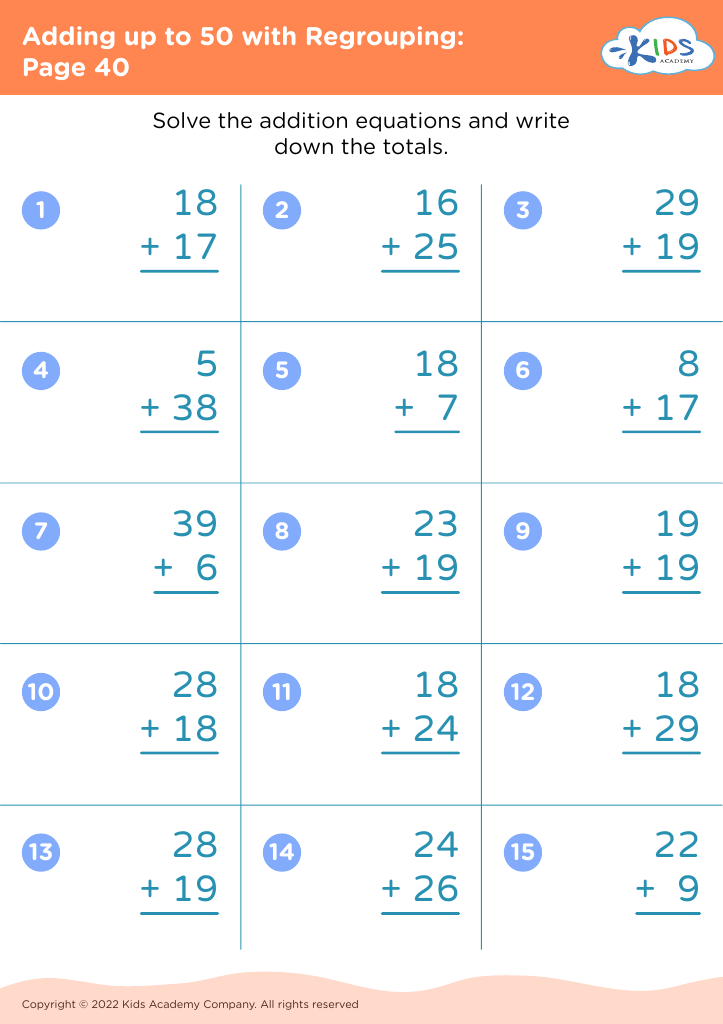
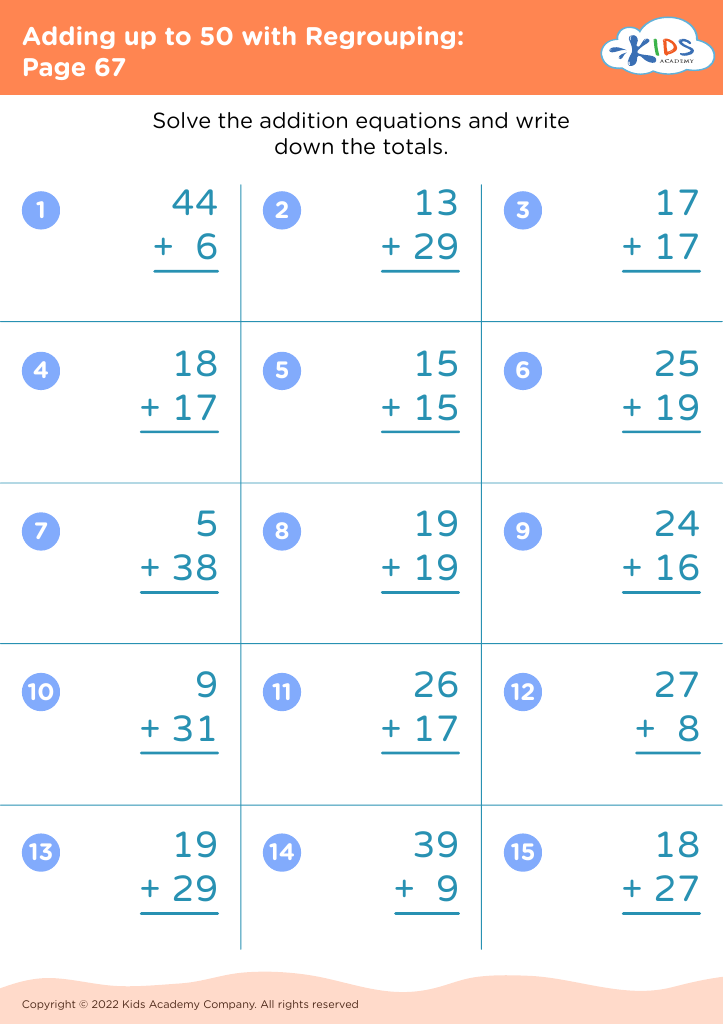
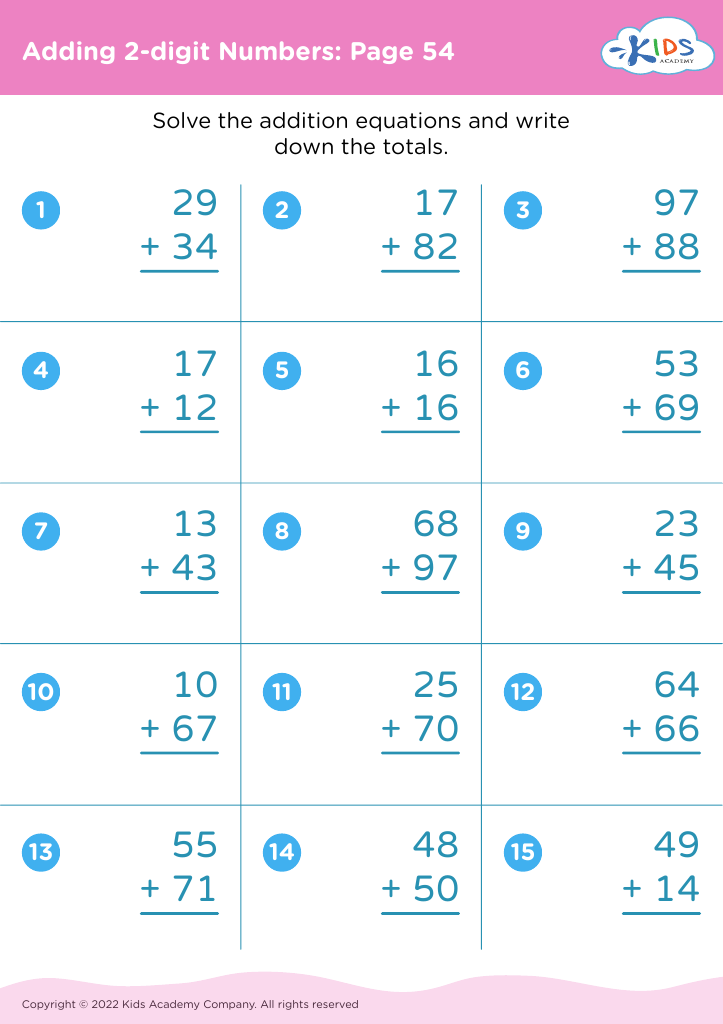

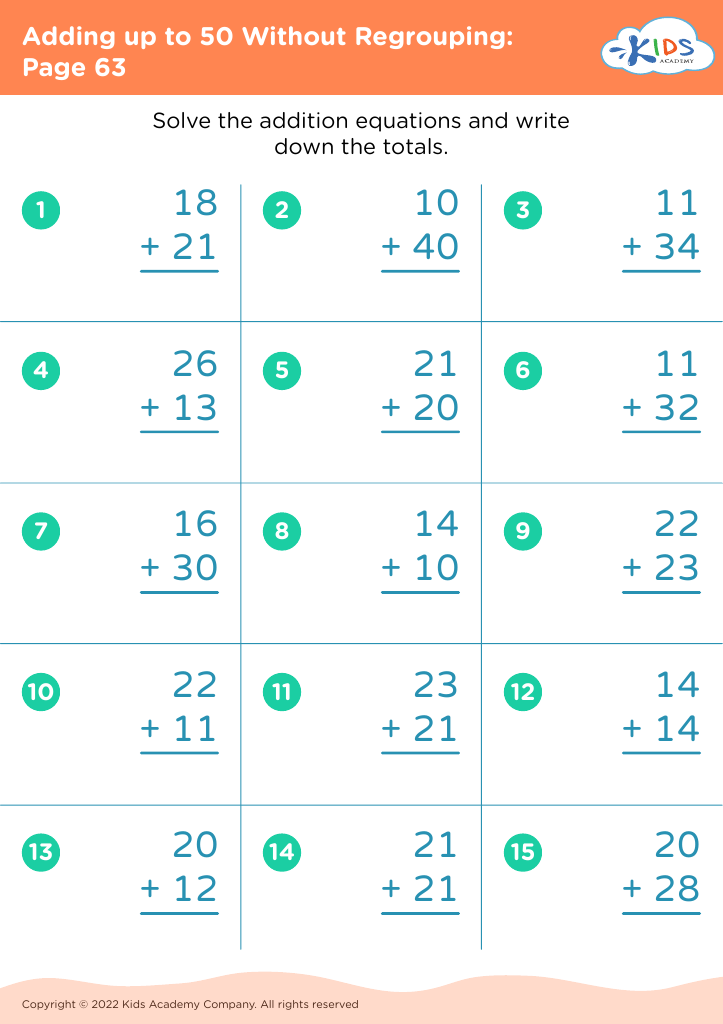
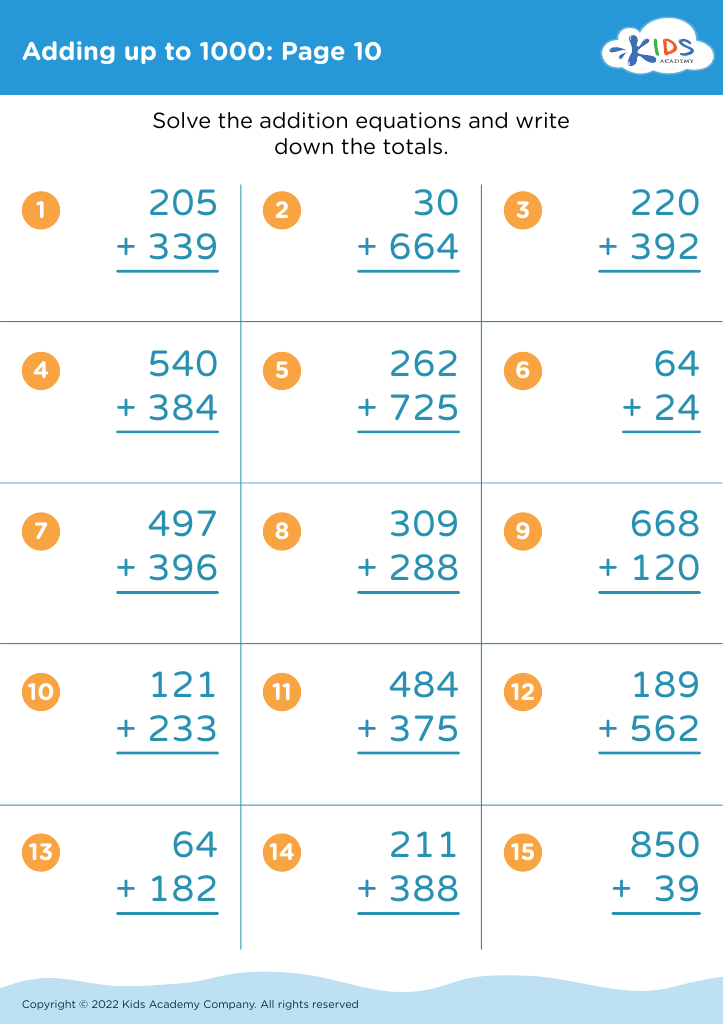

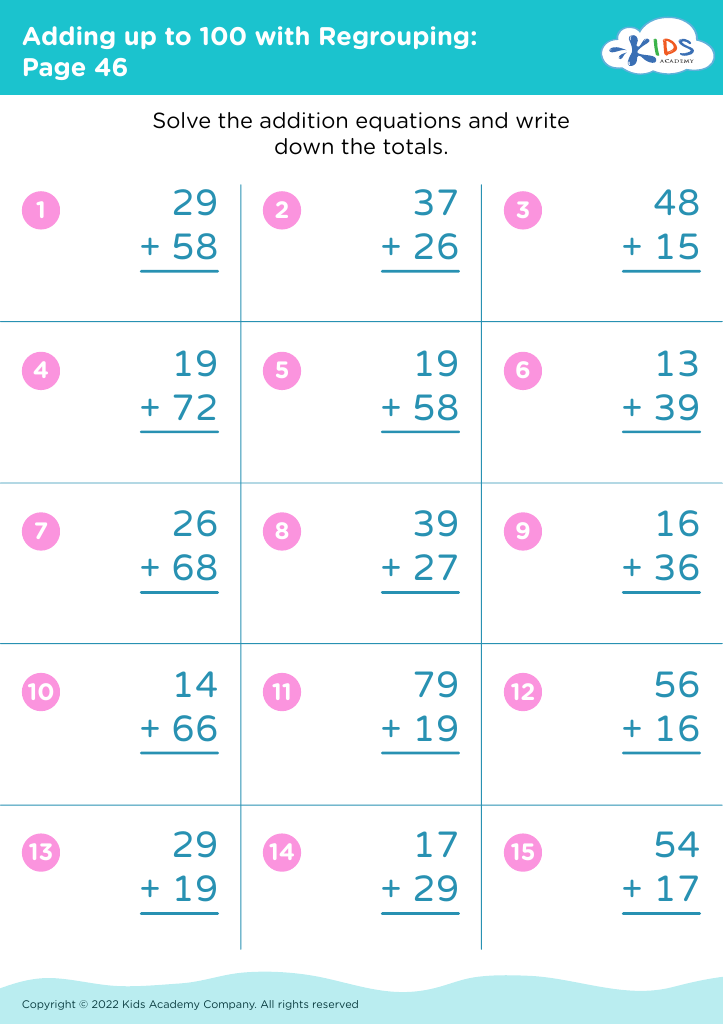
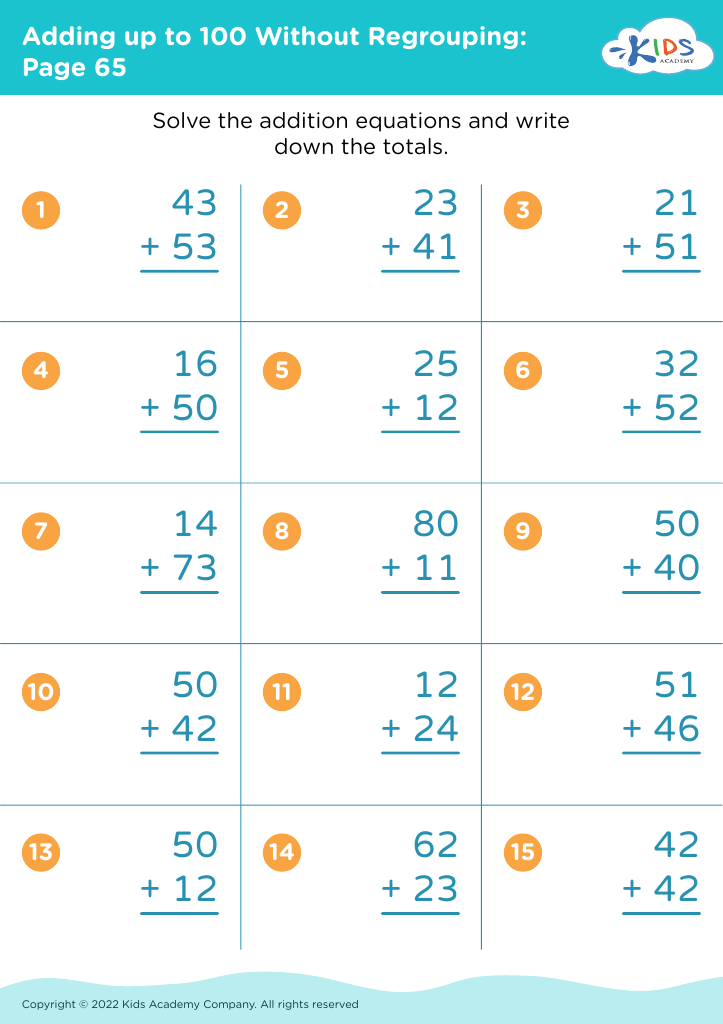
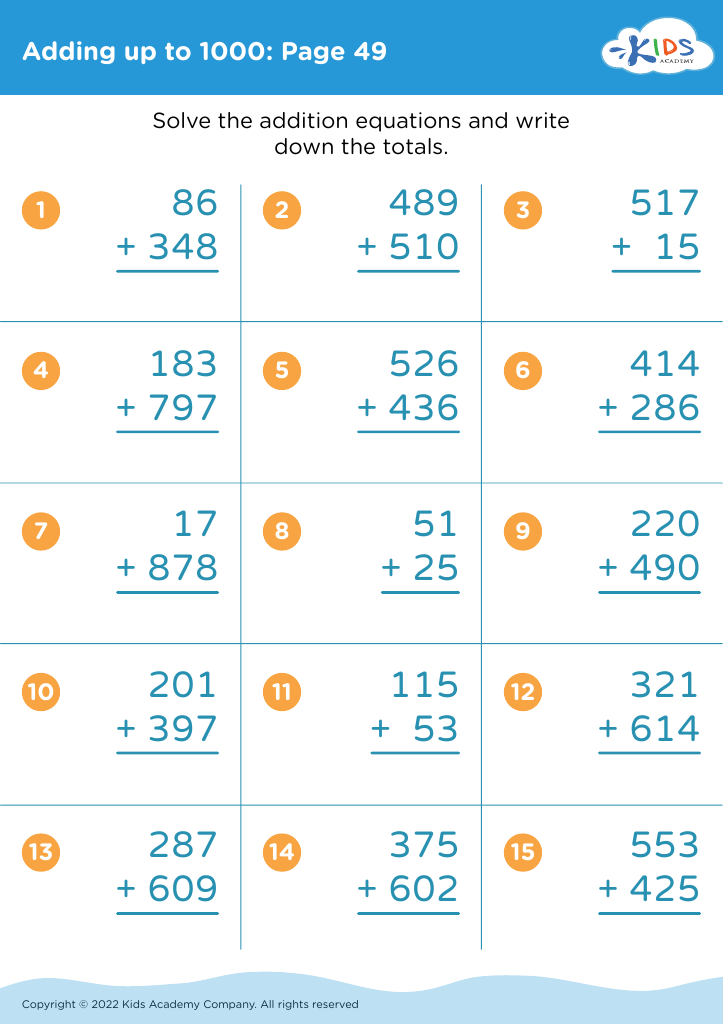
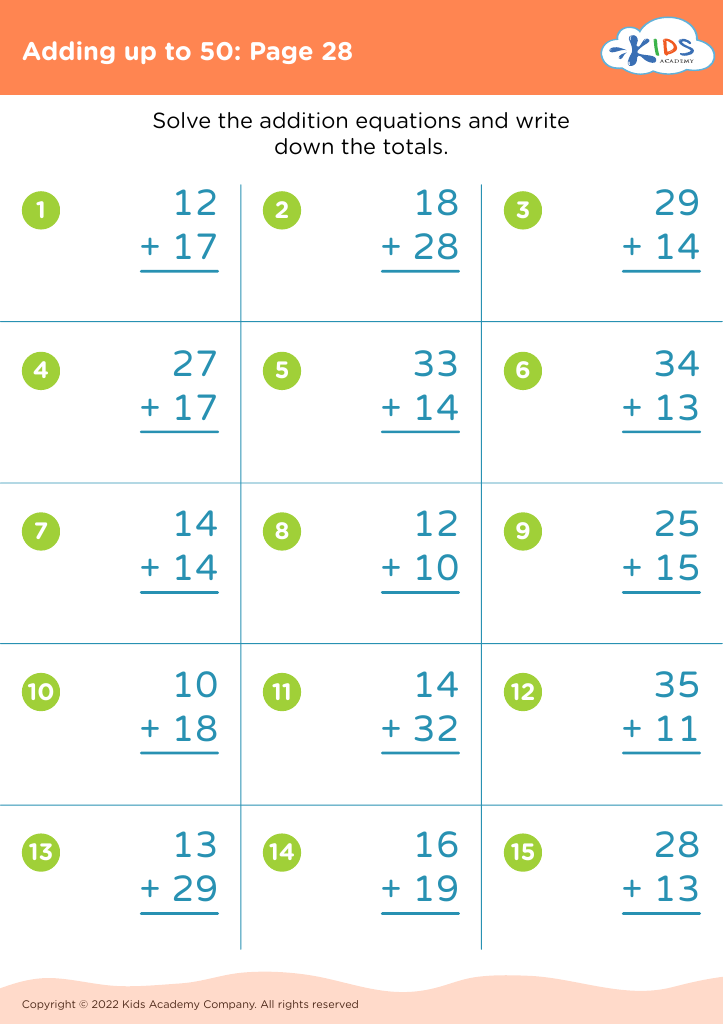
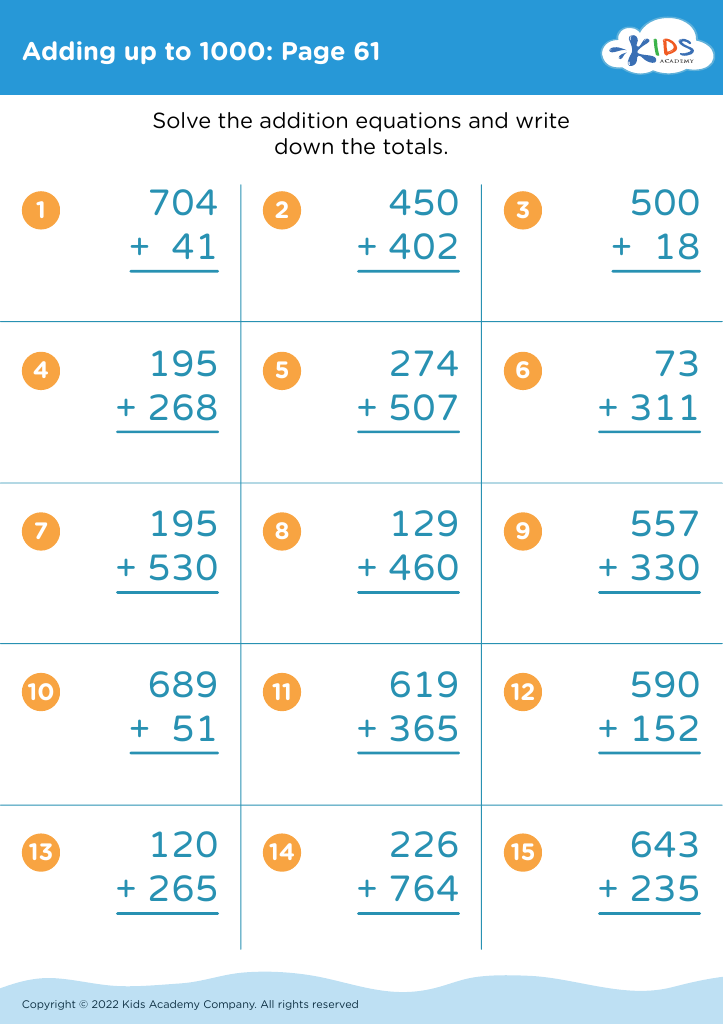

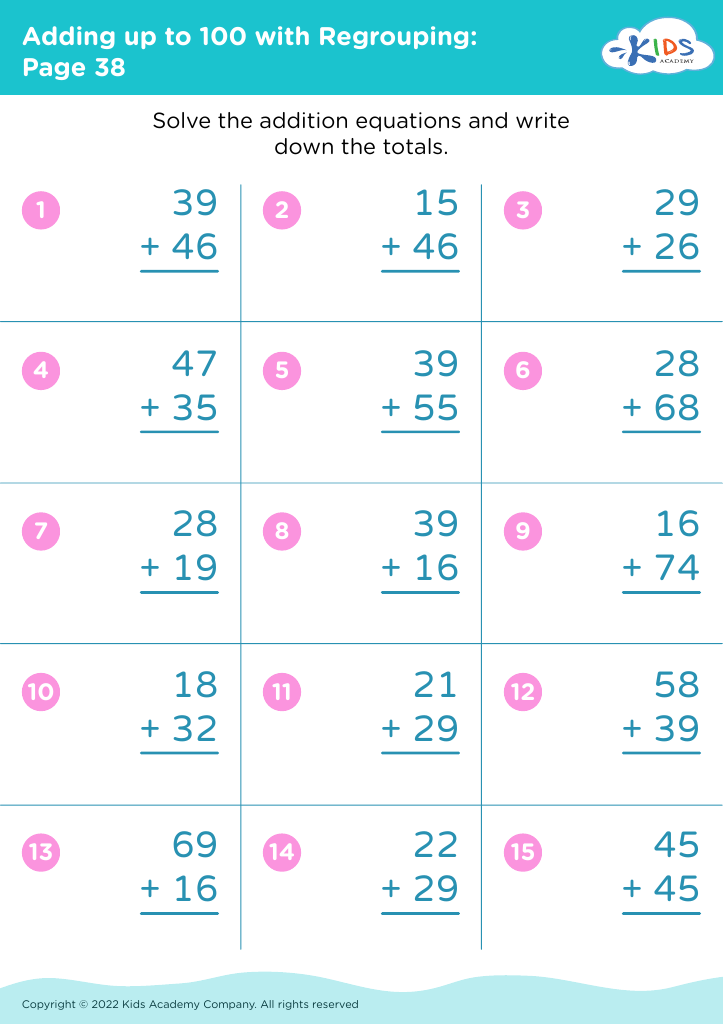
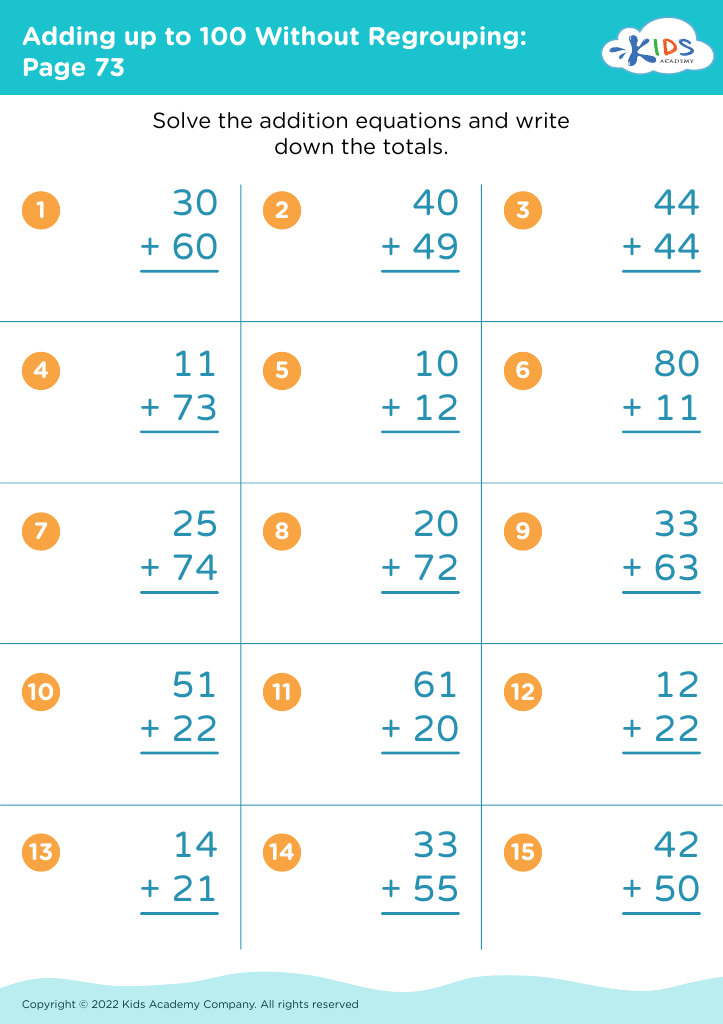
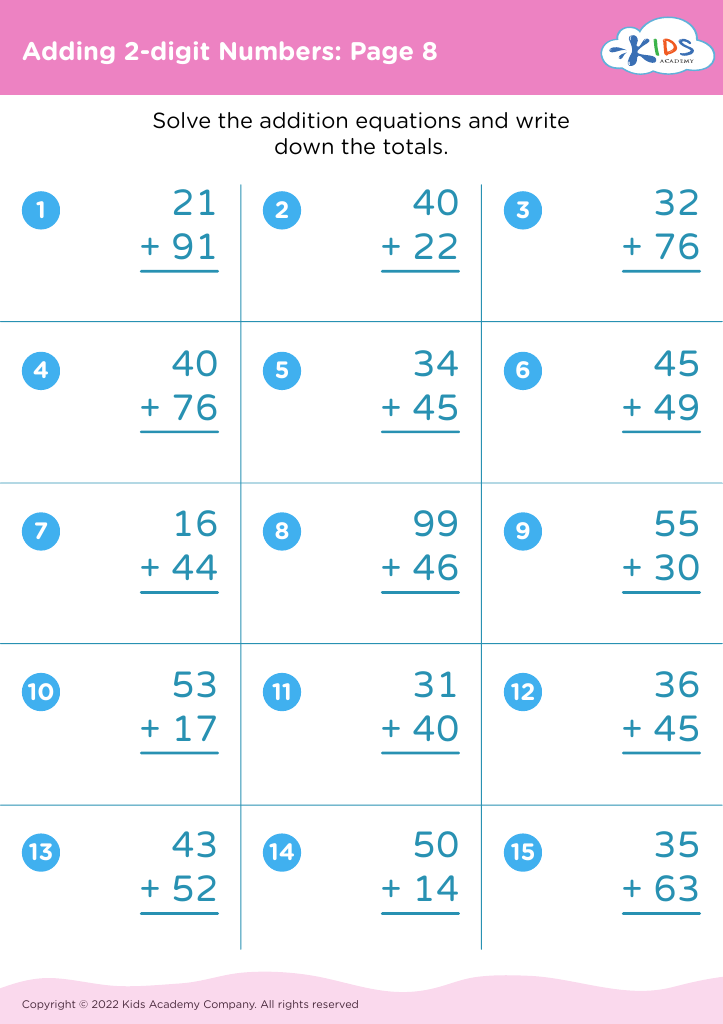
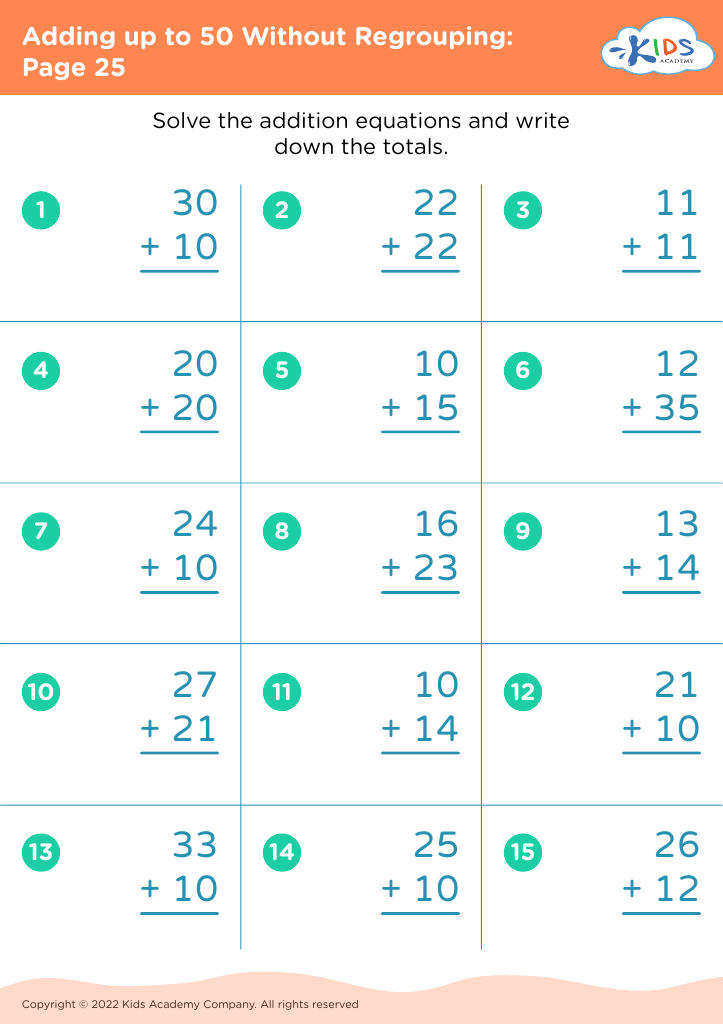
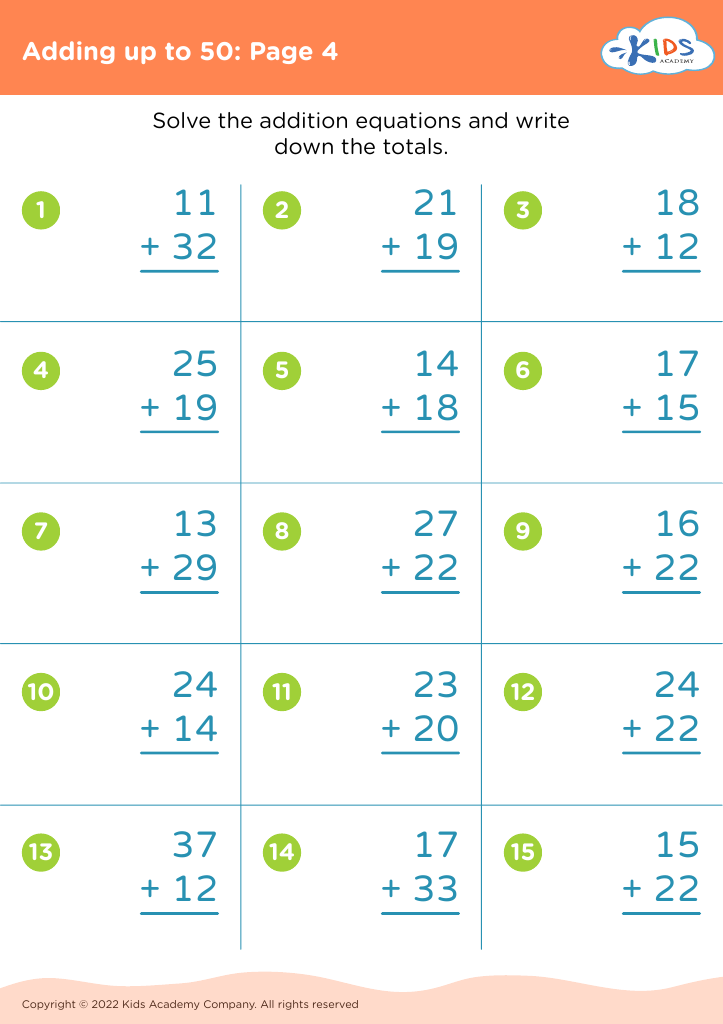
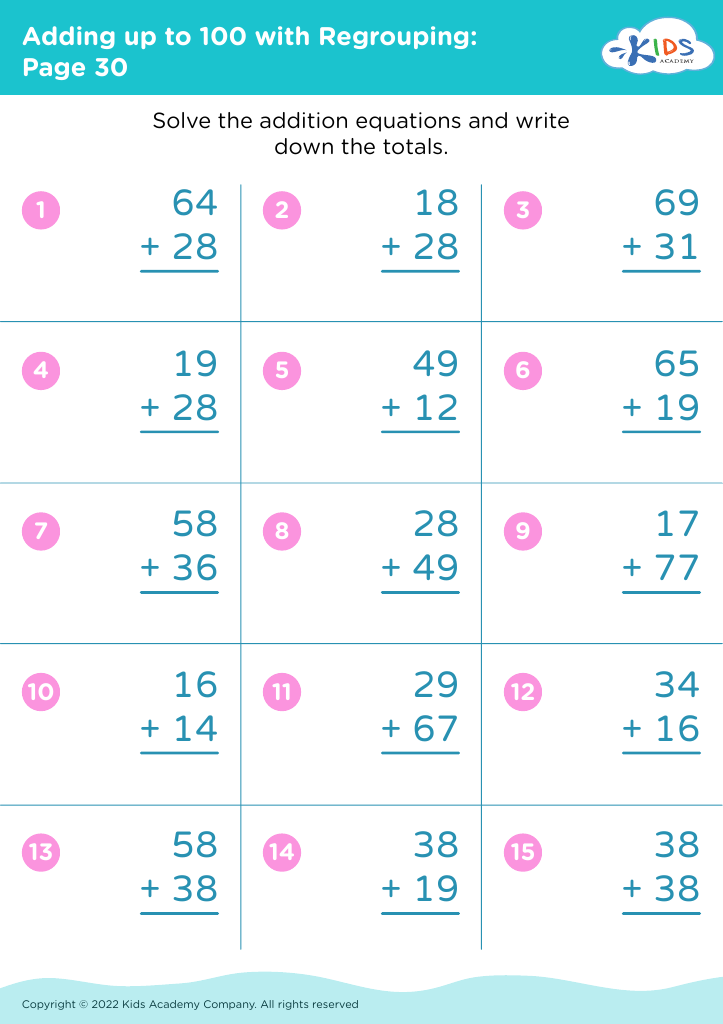
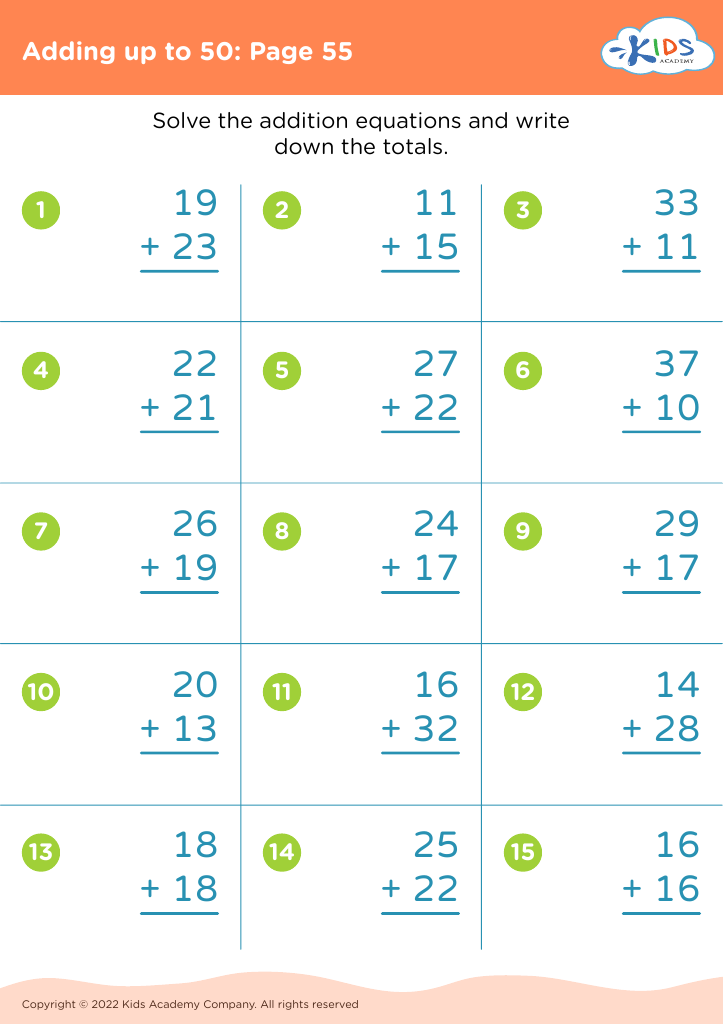
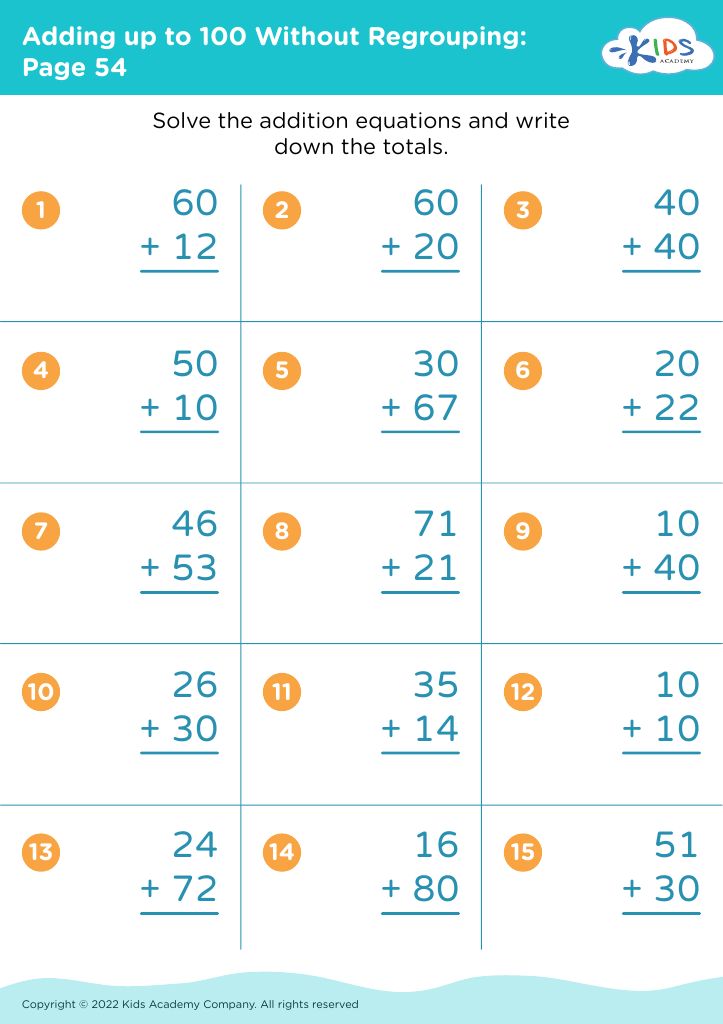
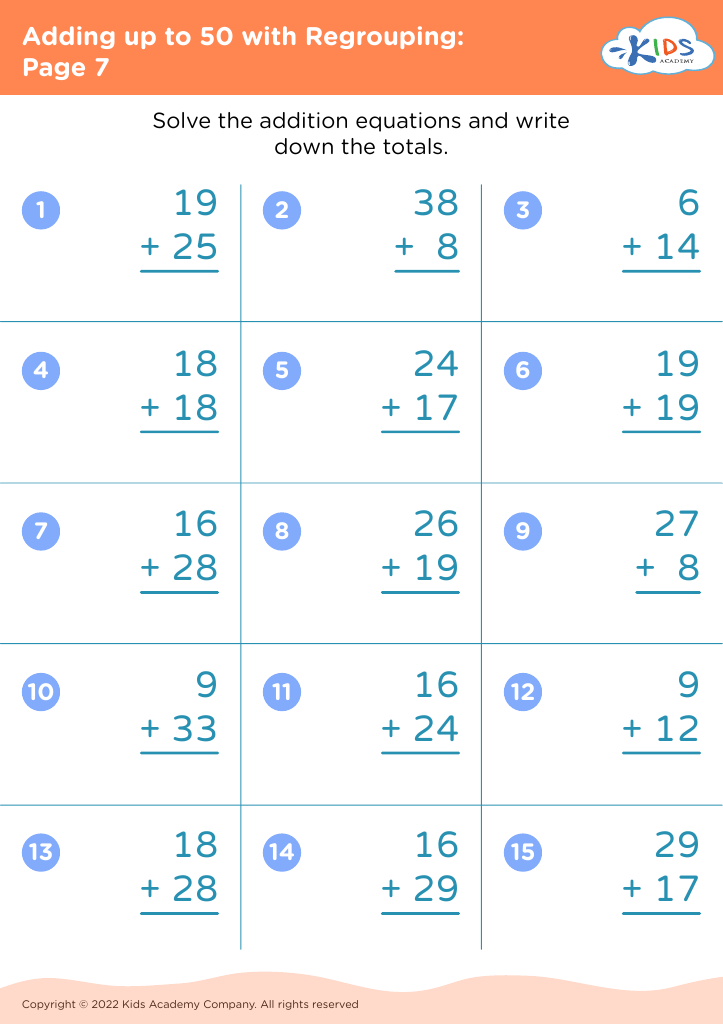
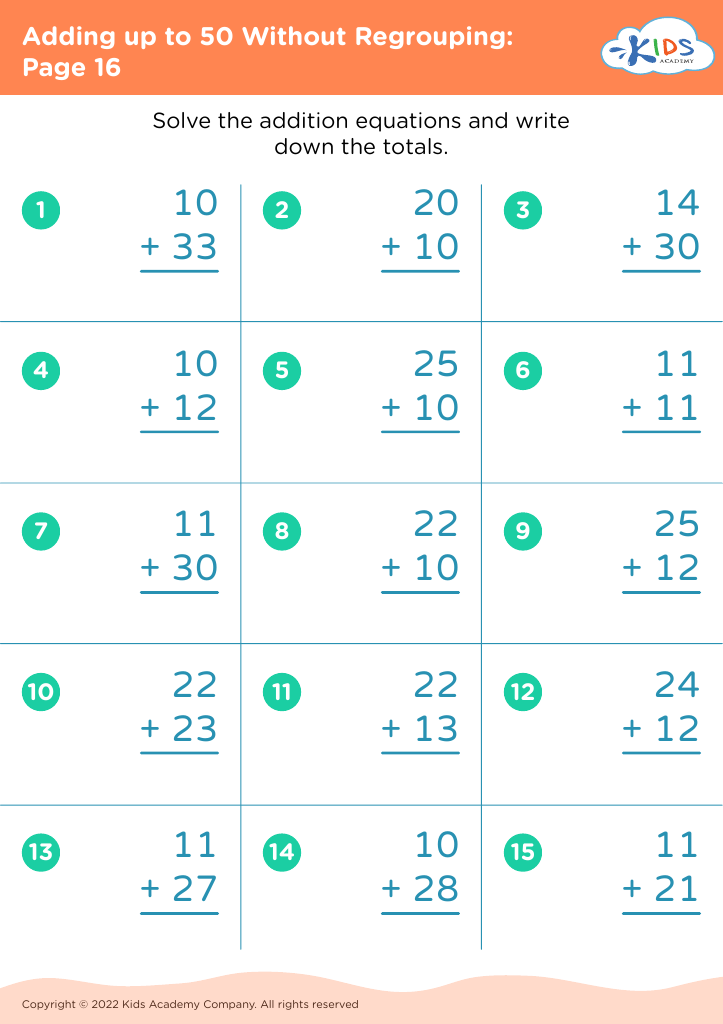




.jpg)












